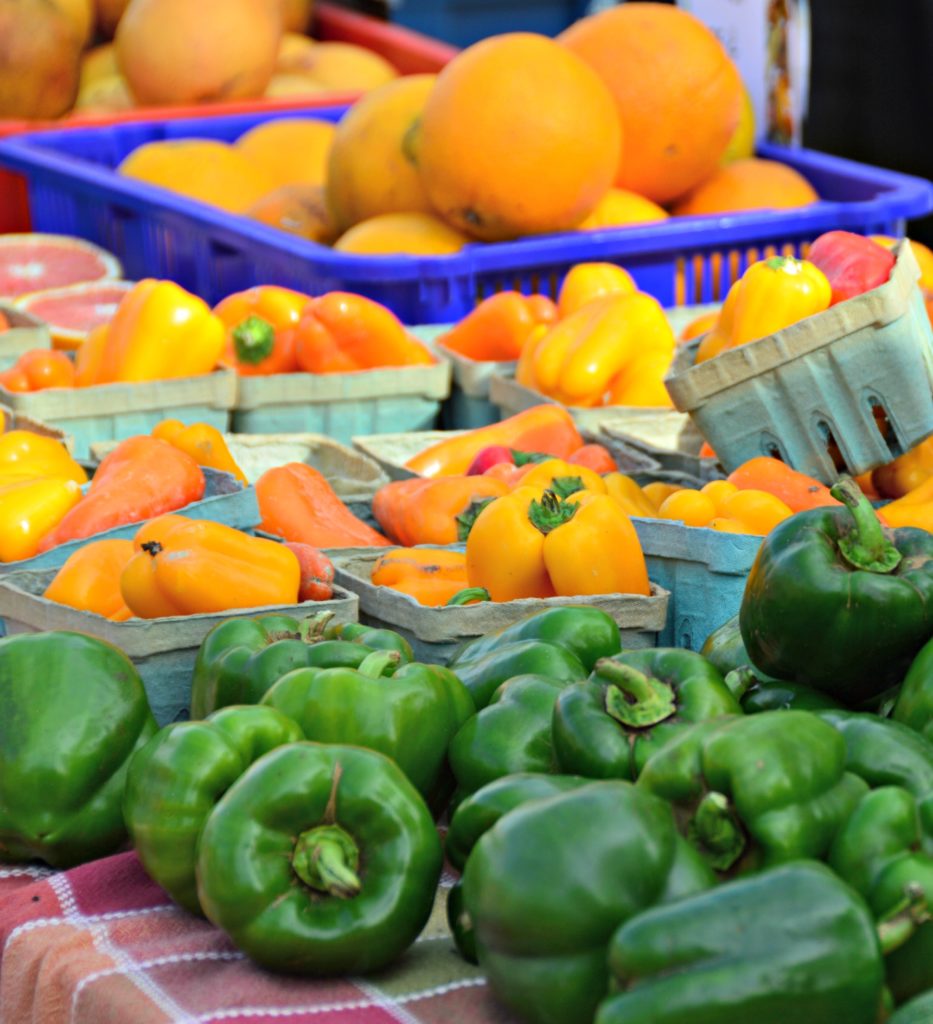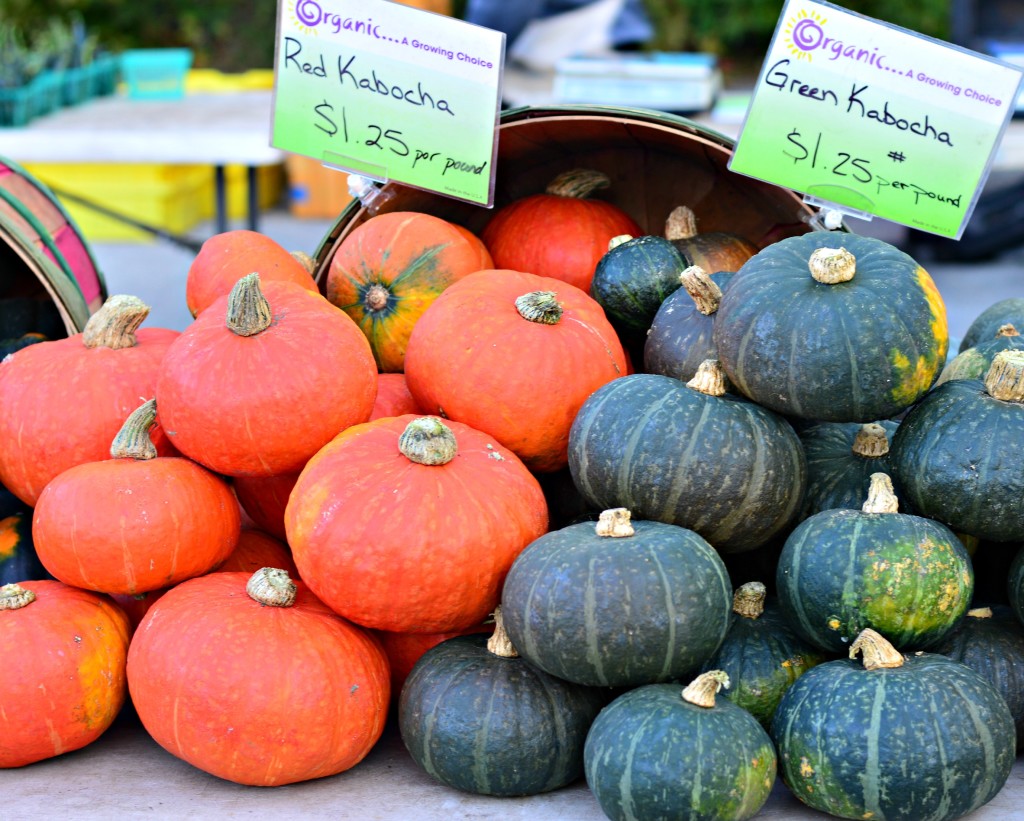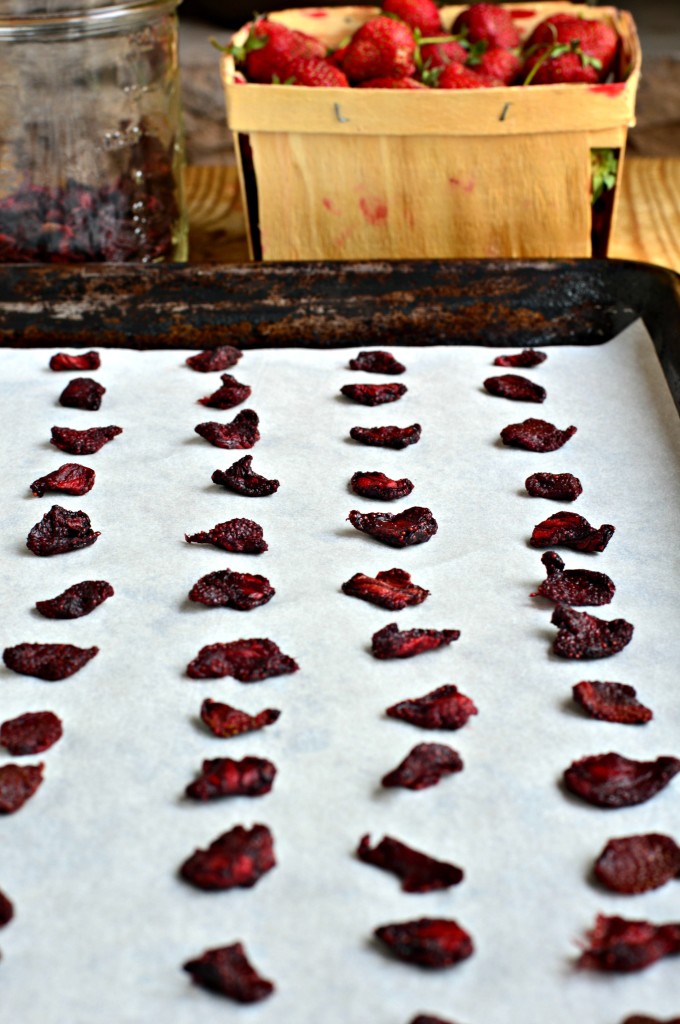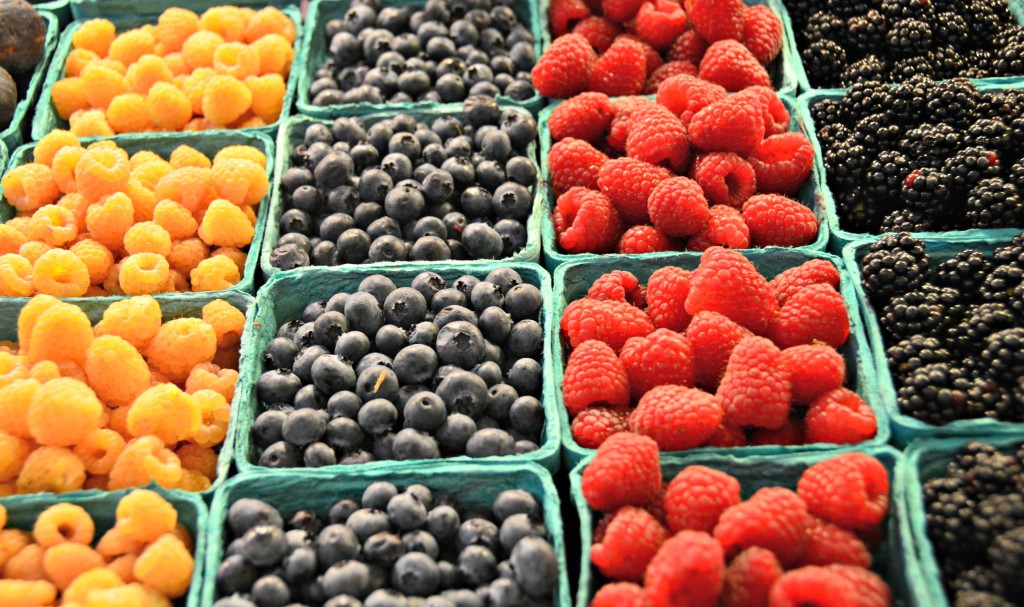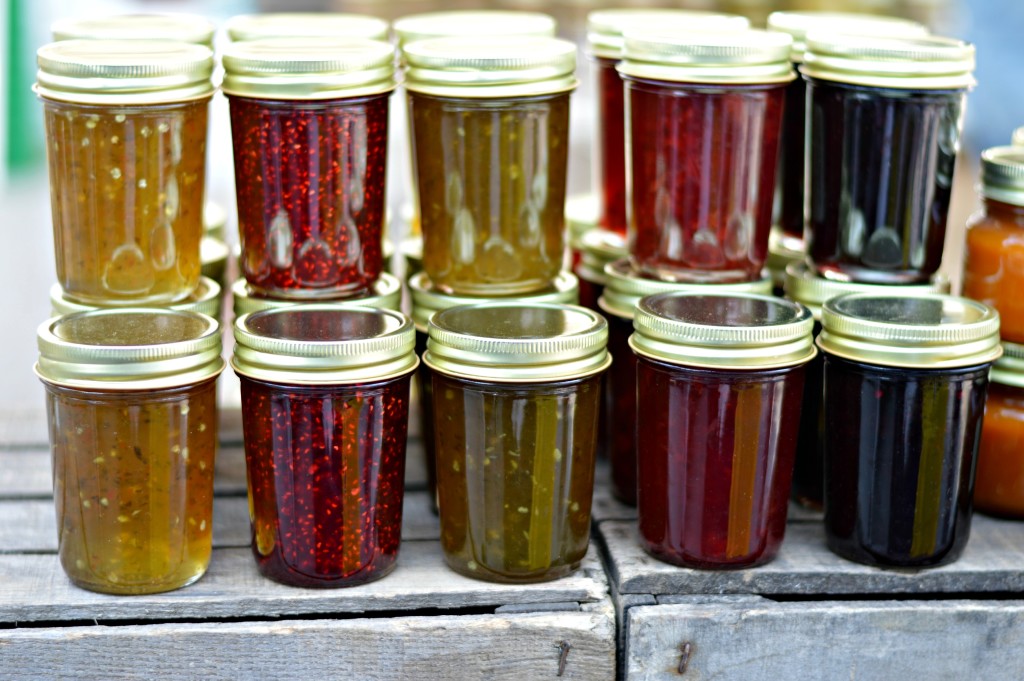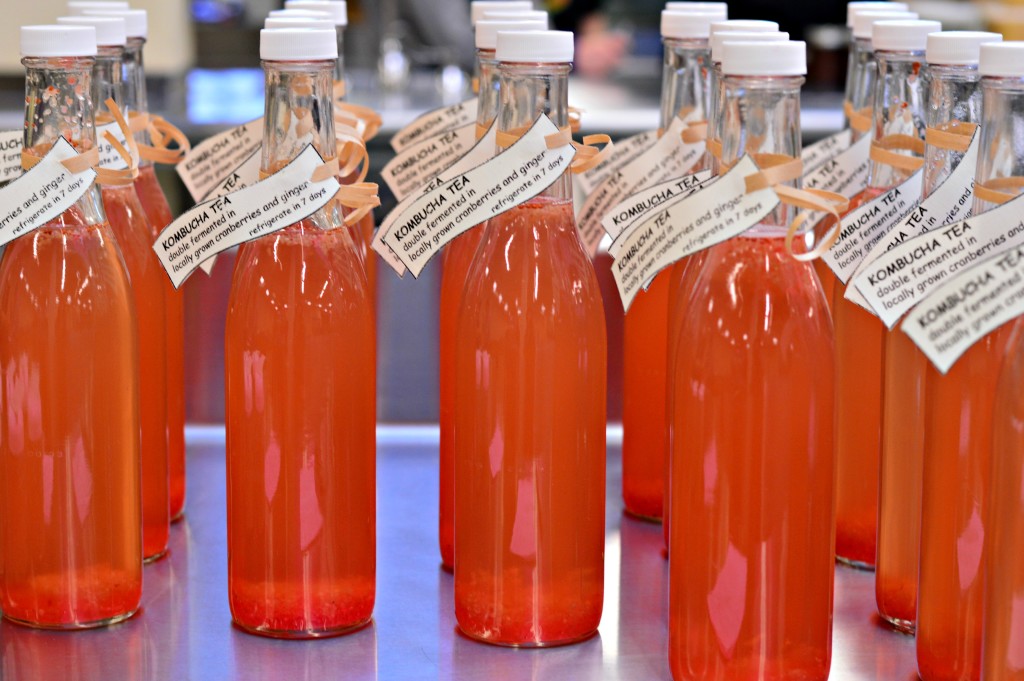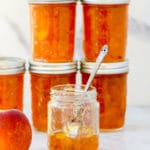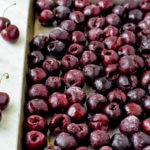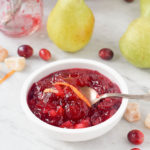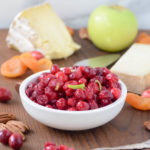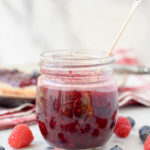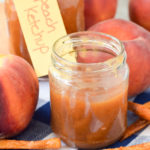I recently gave a talk to a local garden club about different ways to preserve the harvest for gardeners who find themselves with too many tomatoes/green beans/peppers/zucchini ripening at once. It occurred to me that some of my readers might find this information useful as well. So, here it is! An overview of home food preservation techniques.
First, let us address the question of why. Why preserve food at home? There are many reasons. Perhaps you simply have a surplus from your garden or you are overwhelmed by your CSA share. Some people get into home food preservation for health or environmental reasons: Perhaps you wish to eat more seasonally and locally and reduce your carbon footprint. Perhaps you have dietary restrictions or want to know exactly what goes in your food. Lastly, preserving food is fun and the results are both delicious and unique. Homemade jams and other preserves make outstanding edible gifts.
There are five main methods of home food preservation: canning, both water-bath and pressure, dehydration, freezing, root cellaring and fermentation. Each method has advantages and disadvantages and requires different levels of expertise and investment.
Let’s start with a method that not too many people are likely to tackle: root cellaring. Some hardy fruits and vegetables — apples, winter squash, root vegetables, and alliums — can simply be wintered over if stored properly in a cool, dark place with proper humidity such as a basement or root cellar. People have been storing food this way for centuries. The advantage of root cellaring is that it is a very sustainable and economical practice and there is no need to prepare the food prior to storage. The disadvantage is that you must construct a root cellar and keep it cold and humid. If you are interested in root cellaring, Mother Earth News has a good introductory article.
Another ancient method of home food preservation is dehydration. Certain fruits, herbs and vegetables can be dehydrated and stored for a long period of time. Think apple chips, dried fruit, fruit leather, beans, hot peppers and herbs. This method is easiest if you buy a dehydrator, but some products, such as herbs or peppers, can be air-dried or dried in a low oven. The advantage of dehydration is that it is easy to store the products once finished and you typically do not have to add any sugar. The disadvantage is that you may have to invest in a dehydrator; the process can take a long time; and it only works for certain products. My friend Jill wrote a great dehydrating cookbook if you are interested in learning more.
Let’s talk for a minute about freezing. Freezing is a very quick method of home food preservation with no special equipment, other than a freezer, or expertise required. The disadvantage of freezing is that you can quickly run out of room in your freezer and if you have an extended power outage….Well, it’s not good. Some foods freeze well, such as berries, and others do not. Some foods, once frozen, are suitable for certain uses such as baking and smoothies, but not to eat out of hand. Depending on the fruit or vegetable, you can either freeze food raw or after reducing and caramelizing it.
My friend Gena, who is quite a prolific gardener, created this freezer cheat sheet which I think is very useful:
- Applesauce will freeze as well as it cans.
- Beans (green and wax) blanch for about two minutes, and remove to an ice bath. Spread on a sheet pan, dry them as well as possible, and place the pan in the freezer. When frozen, store in a freezer bag.
- Berries wash, spread on a sheet pan, dry them as well as possible, and place the pan in the freezer. When frozen, store in a freezer bag.
- Cherries (sweet and sour) wash and pit, then freeze as directed for berries
- Corn cut raw kernels off the cobs and freeze in desired portions.
- Eggplant will freeze better cooked than raw. Caponata freezes wonderfully.
- Greens (spinach, kale, chard, etc) can be steamed or sautéed and then frozen in desired portions. The texture will change, but they will still work very well for soups, casseroles (such as fillings for lasagne or stuffed shells), or egg dishes (such as quiche and frittata).
- Peppers (sweet or spicy) Roast the peppers and peel off the skins, core and seed them, slice or chop, then freeze on a sheet pan (lined with waxed or parchment paper for easy removal). When frozen, remove to a freezer bag.
- Tomatoes If you have a very large crop, freezer space can quickly become an issue. To save space, roast them by cutting tomatoes into large chunks, season with fresh garlic, salt, pepper, and pour onto sheet pans. Bake at 400 for at least an hour. If you bake for longer, the juices will reduce and the flavor will be very concentrated. You can add herbs or crushed red pepper, but if you keep them neutral, they work in a variety of dishes. Let cool and place in freezer bags or jars (leave room for expansion), then freeze. Marinara and pizza sauce also freeze well. For the truly time-starved: whole, unpeeled tomatoes can be frozen in gallon bags. When they thaw, the skins will slip off and they can be added to any recipe which calls for whole tomatoes.
- Winter squash/pumpkin freezes well when cooked and pureed. Use in soups or baked goods.
- Zucchini shred for baked goods and freeze in desired portions. When thawed, do not drain off the liquid before adding to a recipe.
Next, let’s talk about canning. There are two ways to can, water-bath canning and pressure canning. I do not know anything about pressure canning! The sum total of what I know about pressure canning is that it is suitable for low-acid foods, such as meats, fish, and vegetables that are not preserved using vinegar. The advantage to pressure canning is that it is the only way to preserve certain foods, but it requires special equipment, namely a pressure canner. Safety is critical in pressure-canning because there can be a risk of botulism if done improperly.
I am much more familiar with water-bath canning, where high-acid foods are canned for shelf-stability in a boiling-water bath. Examples of products that can safely be canned using this method are jam, jelly, fruit butter, relish, chutney, salsa, and vinegar pickles. Very little special equipment is needed for water-bath canning other than a large pot with rack — so that the jars are not touching the bottom of the pot — a funnel, a jar lifter, and some jars. It is important to use tested recipes to ensure that your canned goods have the requisite pH level and follow standard procedures to ensure that jars seal. Some people find water-bath canning to be intimidating, but it is very easy to learn. Get yourself a cookbook like Put ’em Up! by Sherri Brooks Vinton or read canning blogs. I have written about canning quite a bit and my friend Marisa McClellan is widely acknowledged to be an expert in the field.
Lastly, I want to touch on fermentation. Fermentation is an ancient, low-tech method of home food preservation that results in healthy products that are full of probiotics. Some classic examples are pickled cucumbers, kim chi, kombucha and sauerkraut. I got into fermentation for the first time this year when I made a batch of lacto-fermented cucumber pickles and I was pleasantly surprised by how easy it was.
To ferment vegetables, you submerge them in a brine. Some vegetables can be salted and create their own brine, such as cabbage when making sauerkraut; others, like cucumbers have to be submerged in a salt-water brine. The vegetables are then usually topped with weights to keep them submerged and must be covered in such a way as to allow CO2 to escape. Store the vegetables in cool place while fermentation takes place. (Check them daily for mold and skim off any if you find it.) When the desired flavor is reached, it is easiest to store your pickles in the fridge where they will last for ages. (Fermented veggies can be canned to be shelf-stable but lose some of the health benefits.)
The disadvantage to fermentation is that some people find it scary or intimidating, and, yes, sometimes the process can be a bit smelly. If you are interested in fermentation, the publisher of my upcoming book Food Swap, Storey Publishing, recently published a great fermenting book that I used to make my cucumber pickles: Fermented Vegetables. I recommend it.
So that is my review of the five main methods of home food preservation. Which way is your favorite? Do you use just one method or do you employ several? Let me know in the comments.
